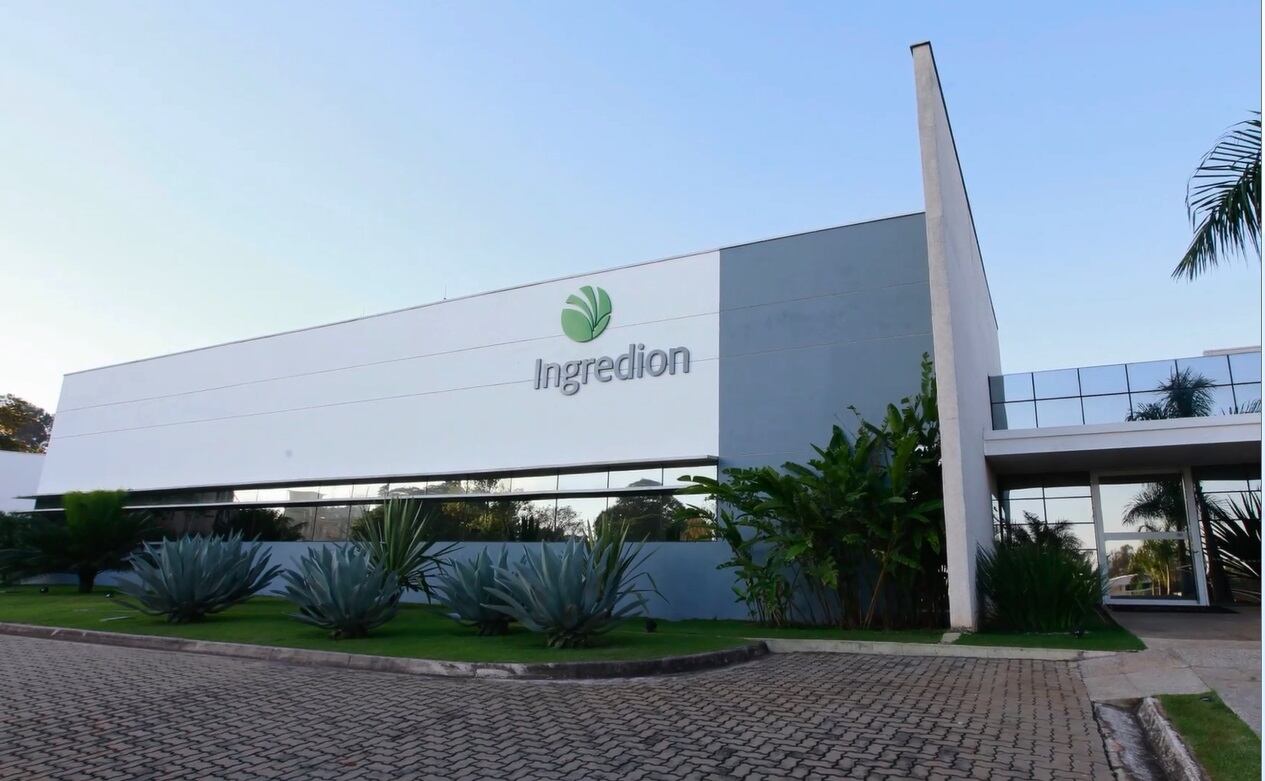The US-headquartered ingredients major has more than 10 manufacturing plants across Latin America, in Mexico, Brazil, Colombia, Argentina and Peru and a number of research and development labs, offices and distribution centers in the region.
Speaking to FoodNavigator-LATAM, Oscar Gutierrez, senior director for global sweetness innovation at Ingredion, said that whilst Latin America was an extremely diverse market in many ways, food and beverage manufacturers had one common goal: affordability.
“We have lots of aspects that make this region unique, one of them for instance is the concern of cost-effective formulation,” he said. “Our economics in Latin America are very sensitive to high price ingredients and so we have a specific program called 'Save Money' that is orientated to help our customers reduce the impact of high cost ingredients in their formulation.”
The need to make affordable food and beverages primarily stemmed from the limited disposable income among a majority of consumers in Latin America, he said.
Gutierrez said Ingredion had a network of research and development labs (IdeaLabs) – the largest one in Brazil and another three in Mexico, Argentina and Colombia – to collaborate with manufacturers in developing these in-demand lower-cost formulations. Being able to work with manufacturers in specific Latin American markets, he said, in itself could drive down cost sometimes. For example, he said it was most cost-effective to produce fructose in Mexico and Argentina, rather than Brazil.
Affordable health

Gutierrez said driving down costs in the region was increasingly linked with a focus on health and nutrition, particularly sugar, fat and calorie reduction, as well as adding fiber.
“Obesity and diabetes in Latin America are making this one of the main drivers for the food industry,” he said.
“...Across the board, we see an uptake in new product development linked to healthier solutions and a commitment by industry to help consumers pursue a healthier diet at affordable price points.”
He said manufacturers were working with new generation stevias, for example, and a range of fibers that tapped into strong consumer knowledge on the digestive health benefits of consuming high-fiber products.
The biggest challenge, he said, was creating opportunities where consumers were willing to pay for these value-added products.
Eyes on Mexico
Cathrin Kurz, senior manager for marketing and innovation at Ingredion, said all this was especially true for Mexico – a sizable market with plenty of health-orientated regulations like the sugar tax and obesity concerns to navigate.
“Mexico is one of the most obese countries in the world and with all the health issues it brings to its population, this is a huge cost to its economy,” Kurz said.
“This brings a lot of challenges and responsibility to the food industry and the need for solutions that are, for example, reduced in calories and/or sugar or fat or suitable for people with diabetes or specific dietary requirements, for example lactose-free or increased fibers,” she said.
Regulations in Mexico around taxation and labeling meant food manufacturers were facing increased pressure to reformulate, she said.
“The government is very active in helping the consumers to better identify healthier options and reinforcing certain regulations to support healthier product launches. So, it remains an interesting and challenging market.”
There were plenty of other countries, like Chile and Ecuador, actively involved in regulations around health and nutrition also, many in packaging like front-of-package labels or 'high-in' warnings etc.
In light of this, Kurz said Ingredion had developed a program called 'Nutrition Minus' for manufactures working in such markets that had a stricter regulatory environment. The program, she said, focused on sugar and calorie reduction, working with sweetness and texture in product development.
Young and social
Gutierrez said on top of the pressure to reformulate and develop healthier variants, this now all had to be done in the social media spotlight and cater to tougher demands from young, more affluent consumers who wanted products to be “surprising”.
“Consumers in Latin America are more concerned about nutritional facts and ingredient lists, and the use of social media is influencing very quickly the behavior of consumers... the food industry must prepare to react rapidly,” he said.
